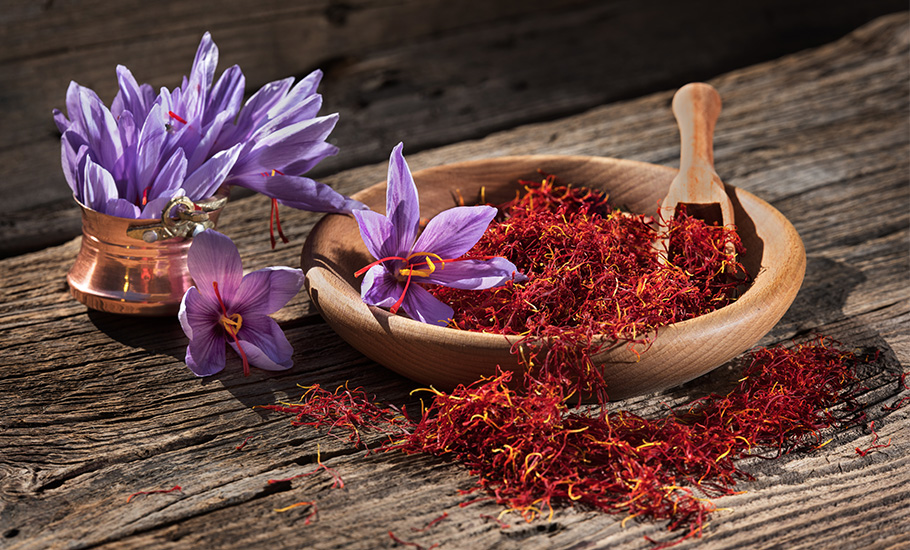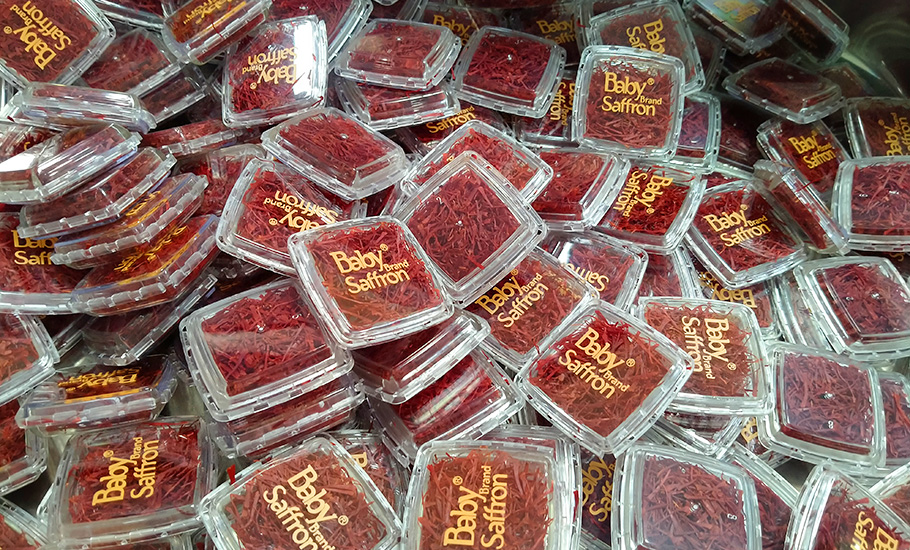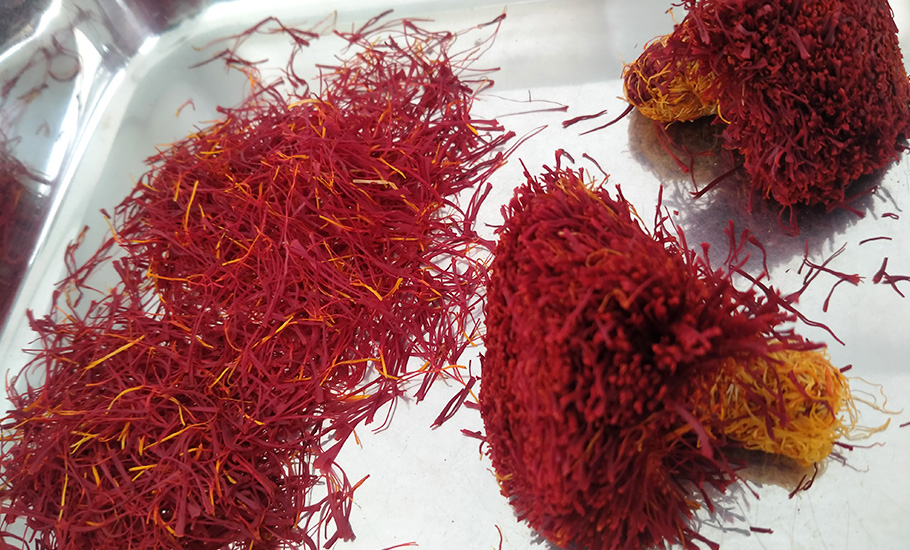
- Home
- India
- World
- Premium
- THE FEDERAL SPECIAL
- Analysis
- States
- Perspective
- Videos
- Sports
- Education
- Entertainment
- Elections
- Features
- Health
- Business
- Series
- In memoriam: Sheikh Mujibur Rahman
- Bishnoi's Men
- NEET TANGLE
- Economy Series
- Earth Day
- Kashmir’s Frozen Turbulence
- India@75
- The legend of Ramjanmabhoomi
- Liberalisation@30
- How to tame a dragon
- Celebrating biodiversity
- Farm Matters
- 50 days of solitude
- Bringing Migrants Home
- Budget 2020
- Jharkhand Votes
- The Federal Investigates
- The Federal Impact
- Vanishing Sand
- Gandhi @ 150
- Andhra Today
- Field report
- Operation Gulmarg
- Pandemic @1 Mn in India
- The Federal Year-End
- The Zero Year
- Science
- Brand studio
- Newsletter
- Elections 2024
- Events
- Home
- IndiaIndia
- World
- Analysis
- StatesStates
- PerspectivePerspective
- VideosVideos
- Sports
- Education
- Entertainment
- ElectionsElections
- Features
- Health
- BusinessBusiness
- Premium
- Loading...
Premium - Events

For that luxe life, spice it up with saffron

By the end of every autumn, Pampore, a small town in Kashmir, is bathed in delicate hues of purple. As far as the eyes can see, it’s a sea of crocus flowers that produce one of the world’s most precious spices — zafran in Urdu, kesar in Hindi, kong posh in Kashmiri and kungumapoo in Tamil, and saffron in English. Kesar, indeed, has as many names in India as its usages – from...
By the end of every autumn, Pampore, a small town in Kashmir, is bathed in delicate hues of purple. As far as the eyes can see, it’s a sea of crocus flowers that produce one of the world’s most precious spices — zafran in Urdu, kesar in Hindi, kong posh in Kashmiri and kungumapoo in Tamil, and saffron in English. Kesar, indeed, has as many names in India as its usages – from spicing up the food platter to adding facial glow and healing wounds.
In fashion, couture ensembles are the epitome of luxury and cost a bomb because every step in the making is handmade and rare. Similarly, real saffron strands are the ultimate gold standard in spices that are priced high due to their limited production value and intensive manual labour involved at each step of processing. In 2020, the Kashmiri variety of saffron was declared the most expensive spice in the world, selling at Rs 1.3 lakh per kilo – a spice as precious as gold by weight.
Post-pandemic, the demand for this super spice has gone up drastically as the elongated dark red threads of saffron are full of amazing health benefits and anti-oxidants that are certified for taste, aroma, and immunity boosters.
In India, the term “saffronisation” is used loosely in political jibes these days; however, for ages, saffron has been considered royalty among spices in Indian kitchens. A pinch of kesar is all you need to turn an ordinary looking sweet like kesar malai or any savory dish like mouth-watering kebabs into an aromatic treat that looks and tastes like gold, quite literally. The name saffron has its origins in the Arabic word zafaran which means yellow.
Such is the importance of this spice in Kashmiri cuisine that the grand feast (wazwan) or the famous kehwa is considered incomplete if it doesn’t have a generous sprinkle of kesar in it. In the royal kitchens of Awadh, where dum phukt style of Biryani and rich slow-cooked lamb preparations were said to be born, kesar played an important role in enhancing the flavour and aroma of the preparations giving it a touch of luxury.
The classic kesar infused Kheer, Gujiya, Kulfi, Sevaiyan are some of the most-sought after desserts that use a considerable amount of saffron for signature style and often called “shahi” or royal for its rich taste and texture. The legend of kesar or zaffran goes beyond Indian kitchens and in the Mediterranean, Oriental, Egyptian and European cuisines also one can find signature dishes that are inspired by the colour, flavour, and fragrance of saffron. The Saffron Chicken with lemon and parsley is a continental recipe that infuses the essence of the spice in juicy morsels of chicken and is consumed in winters mainly.

According to chef Bakshish Dean, director of Culinary Quotient, by price comparison saffron is as precious as caviar and truffles and is used as a taste enhancer in all kinds of cuisines.
He says, “Not just in Indian cuisines, but in Western cuisines, the usage of saffron is associated with special occasions. It’s an essential part of French bouillabaisse sauce, Spanish paella, Moroccan tagines, and many Lebanese pilafs. Even in special varieties of risottos, saffron is used as colour enhancer. In India, the Marwari community is famous for using kesar combined with dry fruits in sweets like kesar barfi, peda and kheer. Kesar is used in small quantities with badam milk, puddings, sherbet, and other delicacies to bring out the auspicious yellow tint and add on to the health benefits.”
The saffron trail
The story of saffron’s journey to Kashmir has many versions and no one really knows how it started growing in the Valley, but the most popular tale suggests that it was brought to the region by wandering Sufi saints Khawja Masood Wali and Sheikh Sharifuddin Wali in the 12th century. However, some people believe that it was grown here since 8th century and was used in religious ceremonies. Today, the main saffron producing area in Kashmir extends around the historic town of Pampore, a small village located around 14 kilometres from the state capital, Srinagar. Producing the best quality kesar has earned Pampore the title of being the ‘saffron capital of India’, with more than 20,000 families associated with saffron cultivation.
During the month of October, the valley is full of purple flowers scientifically identified as Crocus sativus, and villagers pluck every flower by hand and extract the spice. The kesar stigmas collected in bulk are called laccha variety and have a typical purple red hue.
While the stigma is the most important extract, all parts of the dried saffron flower are used in different segments of food, beauty, and cosmetics. The highest grade is the unbroken stigma of the lilac flower, which is used in food and medicines and contains natural colouring agent crocin, safranal for flavour) and picrocrocin, which gives a slight sweet aftertaste. The broken stigmas are useful as well and considered a bit less expensive and used to make powder. While, the pollens and pistils are used in cosmetics, mouth freshening products, and perfumery, especially as attars. Accordingly to an estimate, it takes 75,000 saffron flowers to make one pound (approx 450 grams by Indian measure) of saffron spice, which makes it a highly valuable harvest.
Saffron flowers are commonly grown in select regions of the world, and some of the best quality comes from Kashmir, Iran, Turkey, Greece, and Spain. Avneesh Chhabra, director of USMS Saffron Company Inc, known for their popular Baby Brand Saffron in India, highlights to The Federal some key factors that make saffron a rare commodity. “Currently, one gram of saffron is approximately Rs 300 in India and it is used mainly to enrich the flavour, fragrance, and colour of food preparations. We have been in the business since 1965, and are known for our premium quality of saffron that’s handpicked, cleaned, and packaged with meticulous details at each step. We procure stigmas and process them manually, keeping in mind the moisture content and contamination as it drastically affects the weight and quality of the product. Any up and down in moisture content of the raw material and the price can fluctuate drastically.”
“To identify the real saffron, look at the strand and it should be without the yellow pollen on it. The pollens are removed during the processing, and stigma is the main ingredient that’s most potent in the flower. One can also use simple tips like dropping a strand in water and letting it soak for a few minutes – it should leave a yellow trail and lose colour after a few minutes. It will also have a signature aroma and on grinding it will leave a saffron residue,” Chhabra told The Federal.

Health wise
The tradition of adding saffron in festive bhog and langar is still prevalent in many parts of India, and globally, many cultures associate it with prosperity and wealth. Traditionally, one still gets to see the kesar tikka being used in pooja thalis in many communities. With modern innovations like saffron cocktails, artisanal desserts, and bite-sized munchies at fancy fine dine and parties, saffron is surely the flavour of the season.
Historically, it’s been used in ointments and perfumery for its healing effects. Legend has it that the beautiful Queen of Egypt, Cleopatra, added a quarter-cup of saffron in her warm baths for its aphrodisiac and cosmetic properties. Whereas, Alexander the Great used the Persian saffron threads in water and washed his wounds inflicted by wars for quick healing. His armies also mixed saffron into their teas and dined on saffron rice during their campaigns.
It is known for its popular health benefits such as being natural antidepressants, pain reliever, memory and eyesight enhancer, aphrodisiac, and cure for cardiac, kidney, digestive and menstrual issues. These superfood qualities of saffron make it a great natural substitute for medicines.
Next time sleep evades, give your insomnia a kesar milk-powered knock.
